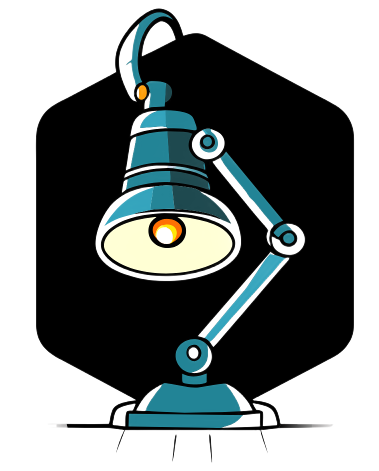- Open the Google Home application after modifying the DNS server.
- Select Wi-Fi settings. Advanced network configuration.
- Go to DNS settings.
- Choose the desired public DNS server. If you decide to use a custom DNS server, you need to add a primary and secondary server address.
- Click on Save.
DNS Options
People often ask: Which DNS should I use? Which DNS is the fastest? The primary and secondary DNS names are as follows:
-
Google:
- Primary DNS: 8.8.8.8
- Secondary DNS: 8.8.4.4
-
Telecom Italia TIM:
- Primary DNS: 85.37.17.5
- Secondary DNS: 85.38.28.97
-
DNS Fastweb:
- Primary DNS: 85.18.200.200
- Secondary DNS: 89.97.140.140
-
DNS Infostrada:
- Primary DNS: 193.70.152.152
- Secondary DNS: 12.52.97.15
The fastest and most secure DNS is 1.1.1.1. This service started on April 1st.
Why Change DNS?
People also wonder: What happens if the DNS is changed? Why should I change them?
✅ To avoid censorship: ISPs often use DNS to censor websites when authorities demand it. If a website is blocked by DNS resolution, it may be possible to bypass the block by changing the DNS server.
How to Find DNS Address?
You can also use system information to find DNS addresses. In Settings, select Wi-Fi and click on the "i" next to the SSID name. Then, check the used DNS addresses.
How to Activate Google DNS?
To configure Google DNS, you need to write the primary DNS name as 8.8.8.8 and the secondary DNS name as 8.8.4.4. Finally, press OK and then OK again before closing the tabs.
DNS Used in Italy
The DNS names used in Italy are:
- Google DNS: 8.8.8.8 and 8.8.4.4
- Fastweb Italia: 85.18.200.200 and 89.97.140.140
- TIM Public: 85.37.17.5 and 85.38.28.97
- Infostrada: 193.70.152.152 and 12.52.97.15
DNS of TIM
If I manually add other DNS to my devices, everything works fine. The DNS and FTTH set automatically on the router are 85.38.28.6 and 85.38.28.7.
Aranzulla’s Genetic Data
They are simply the "translators" that allow you to access websites by typing simple textual addresses instead of long numerical addresses that serve as real coordinates for reference portals.
Purpose of DNS
For mapping names and numbers, the Internet DNS system works like a phone book. When an end user types a domain name into their web browser, DNS servers translate name requests into IP addresses, determining which server it will connect to.
